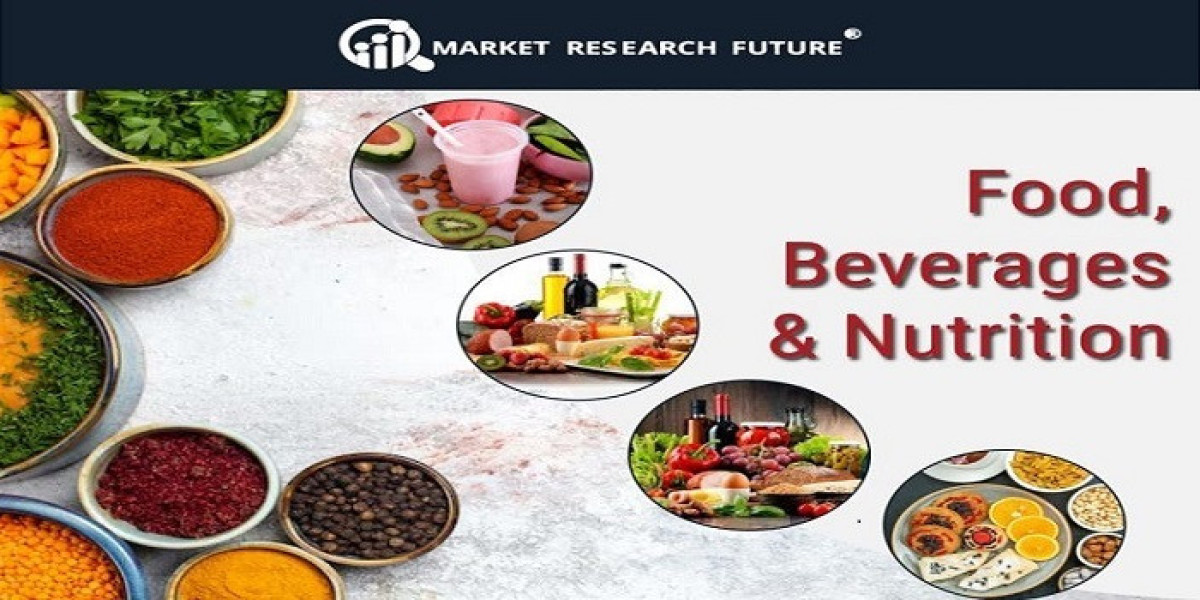The prebiotic ingredients market presents a significant opportunity—but winning requires a clear strategy. Based on MRFR projections (USD 9.79 billion in 2024 → ~USD 19.37 billion by 2035) and segmentation data, here’s how companies can approach it.
1. Define your value proposition & target segment
Are you an ingredient supplier targeting food & beverage formulators? Or a food brand incorporating prebiotics into finished products?
Choose your niche: high‐growth application (beverages, supplements), high‐margin segment (premium/plant-based), or high-volume segment (bakery/snacks).
Decide on type of prebiotic to focus on: inulin (majority share), oligosaccharides, vegetable‐source, clean-label etc.
2. Product & formulation strategy
From supplier side: invest in scalable extraction/processing of inulin/oligosaccharides, ensure functional performance, supply reliability.
From brand side: integrate prebiotics into product formats that deliver taste and value—drinks, yoghurts, snack bars, supplements.
Leverage functional claims: gut health, immunity, weight management; align with marketing.
Packaging & format: Single‐serve sachets, ready-to-drink functional beverages, powder sachets, etc.
3. Channel & distribution strategy
Ingredient suppliers: direct‐to‐manufacturer partnerships, co-development deals, global supply-chain.
Food & beverage brands: coordinate multi‐channel distribution (supermarkets, convenience, online, direct-to-consumer for functional nutrition).
Online/digital: As health/functional products often adopt subscription or online look-up—leveraging e-commerce helps.
4. Regional strategy & scalability
Mature markets: North America/Europe – emphasise premium, clean-label, functional claims, high‐end formulations.
Growth markets: Asia-Pacific, emerging countries – adapt to local flavour, price sensitivity, supply-chain localisation. MRFR shows APAC as fast-growing.
Scale production globally: Ingredient firms should consider manufacturing/sourcing near key geographies to reduce cost, improve lead-time.
5. Branding, marketing & sustainability
For ingredient suppliers: Position as “trusted prebiotic ingredient provider”, emphasise efficacy, supply reliability, regulatory compliance.
For brands: Storyline should focus on “supporting gut health”, “functional food”, “plant-based fibre”, not just “prebiotic added”.
Sustainability: Use plant-based sources, eco-friendly packaging, clean-label claims to resonate with modern consumers.
6. Cost-control, partnerships & innovation
Ingredient cost: High volumes help reduce cost; suppliers must optimise production.
Partnerships: Food brands may partner with suppliers for co-branded prebiotic solutions.
Innovation: Continual development of next-gen prebiotics, novel sources, new formats. Competitive advantage comes from innovation, not just commodity.
Challenges & Things to Monitor
Regulatory & health claim environment: what constitutes “prebiotic”, allowable claims, region-specific regulatory frameworks.
Sensory/format constraints: Prebiotics must not compromise taste/texture of final product.
Market education: Despite growth, many consumers may not understand prebiotic benefits—marketing investment necessary.
Supply-chain and raw-material cost volatility: Roots/grains/vegetables might face supply issues or price hikes.
Conclusion
The prebiotic ingredients market is a high-potential, functional-driven sector that aligns with key trends: gut health, plant-based, clean-label. For ingredient suppliers and food/ beverage/ supplement brands, success will hinge on clear positioning, scalable formulation, smart channel strategy, and consistent innovation. With the projected growth through 2035, now is the time to act – but winning brands will be those that build trusted, functional, scalable prebiotic solutions and bring them effectively to market.








